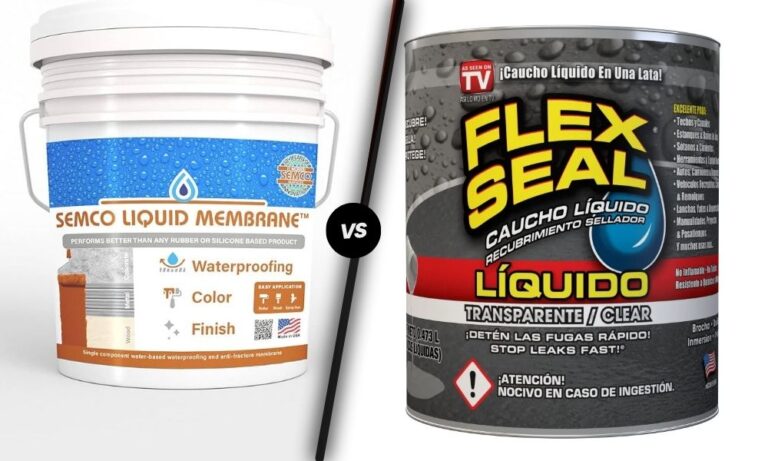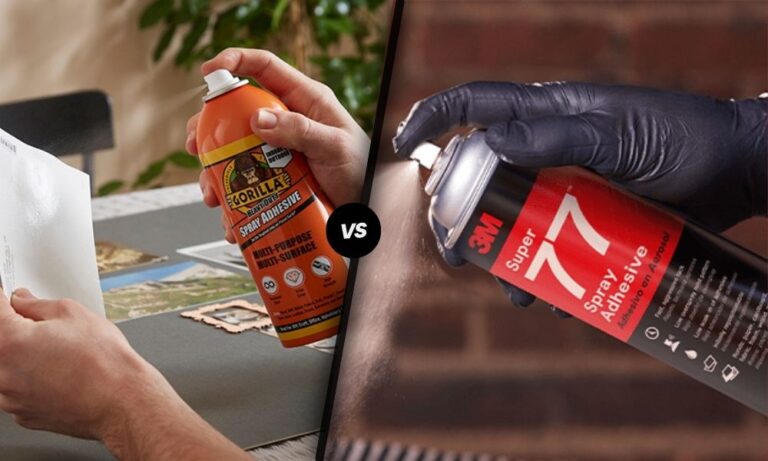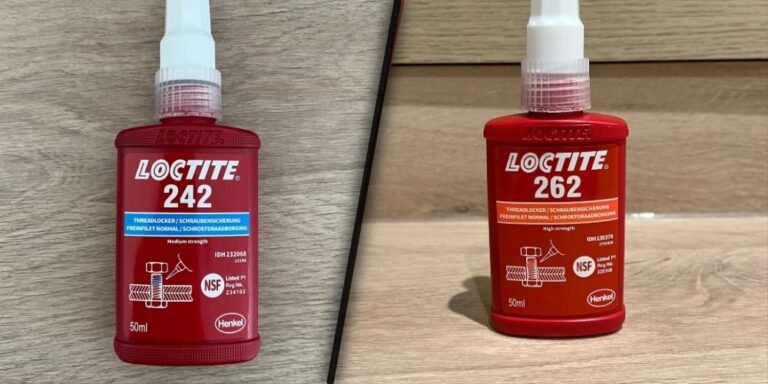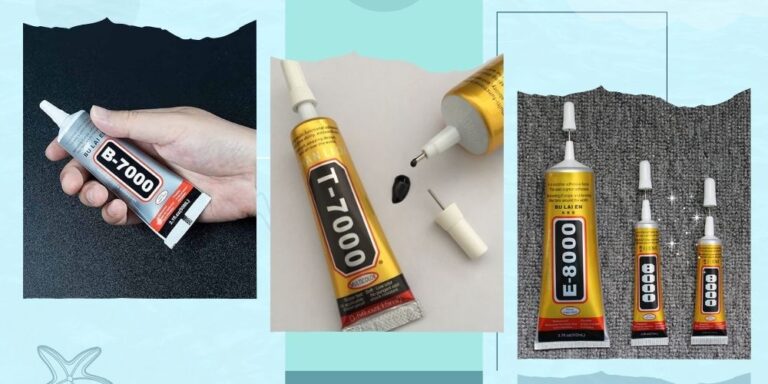Leak Lock vs. Loctite: Key Differences Explained
Leak Lock vs. Loctite: A Comprehensive Comparison
When it comes to securing and sealing threaded connections, Leak Lock and Loctite are two widely-used solutions. However, they serve different purposes and are optimized for various industries. Leak Lock is primarily a sealant to prevent leaks, while Loctite is best known for its thread-locking capabilities. In this article, we’ll explore these products in detail, highlighting their features, applications, advantages, limitations, and a comparison to help you make an informed choice.
What is Leak Lock?
Leak Lock is a pipe joint sealant formulated to provide a flexible, durable, and chemical-resistant seal for threaded connections. It is commonly used in HVAC systems, plumbing, and industrial machinery. Its ability to maintain a leak-proof barrier under extreme conditions makes it ideal for systems with pressure, temperature fluctuations, and exposure to chemicals.
Key Features of Leak Lock
- High Chemical Resistance:
Leak Lock can withstand exposure to oils, refrigerants, and various chemicals, ensuring long-term durability. - Temperature Tolerance:
It operates effectively in both low and high-temperature environments, making it suitable for industrial and HVAC applications. - Flexible Seal:
The sealant maintains flexibility even after curing, allowing it to expand and contract with system materials. - Ease of Application:
Leak Lock can be easily applied to threaded joints using a brush-on method and provides a quick initial seal before curing fully.
Applications of Leak Lock
- HVAC Systems: Preventing refrigerant leaks in cooling and heating units.
- Plumbing: Sealing pipe joints in water and gas supply systems.
- Industrial Equipment: Ensuring tight, leak-free connections in machinery.
Advantages of Leak Lock
| Feature | Description |
|---|---|
| Chemical Resistance | Resists oils, refrigerants, and other industrial chemicals. |
| Versatility | Can be used on both metal and plastic threaded fittings. |
| Long-lasting Seal | Offers a reliable seal that can withstand pressure changes. |
What is Loctite?
Loctite is a well-known brand for its threadlockers, adhesives designed to prevent threaded fasteners from loosening due to vibration, temperature shifts, or shock. Loctite products use an anaerobic curing process, which hardens the adhesive in the absence of air and in contact with metal. Loctite offers multiple grades of strength for different applications.
Key Features of Loctite
- Thread-Locking Ability:
Loctite secures screws, bolts, and other fasteners, preventing unintentional loosening. - Different Strength Grades:
Loctite is available in low (purple), medium (blue), and high (red) strength grades to match varying needs. - Temperature Resistance:
Designed to withstand different environmental conditions, with specialized formulations for extreme temperatures. - Controlled Curing:
The adhesive cures in anaerobic conditions, ensuring fasteners remain locked in place without external pressure.
Applications of Loctite
- Automotive: Preventing bolts from loosening in car engines and chassis.
- Industrial Machinery: Securing threaded components in vibrating or high-pressure environments.
- Electronics: Preventing small screws from loosening due to repeated movements.
Advantages of Loctite
| Feature | Description |
|---|---|
| Thread Stability | Prevents loosening caused by vibrations or thermal changes. |
| Strength Options | Available in low, medium, and high-strength variants. |
| Maintenance Support | Allows disassembly depending on strength type used. |
Detailed Comparison: Leak Lock vs. Loctite
While Leak Lock and Loctite share the goal of enhancing connection reliability, their functions and optimal use cases are significantly different. Below, we break down how these two products compare.
Primary Function
- Leak Lock:
Primarily a sealant designed to prevent fluid and gas leaks. - Loctite:
A threadlocker designed to secure fasteners and prevent loosening.
Application Scenarios
- Leak Lock:
Best suited for use in systems where fluid or gas leakage needs to be contained, such as HVAC, plumbing, and refrigeration. - Loctite:
Ideal for threaded fasteners in applications prone to vibrations or pressure changes, such as automotive, heavy machinery, and electronics.
Comparison Table: Key Differences
| Aspect | Leak Lock | Loctite |
|---|---|---|
| Primary Purpose | Seals threaded connections to prevent leaks. | Locks threaded fasteners to prevent loosening. |
| Common Use Cases | HVAC systems, plumbing, refrigeration, industrial seals. | Automotive, industrial machinery, electronics. |
| Chemical Resistance | Excellent, handles exposure to various oils and gases. | Varies by product, but generally focused on mechanical adhesion. |
| Strength Variants | One primary formulation. | Multiple strength grades: low, medium, and high. |
| Removal Difficulty | Hard to remove after curing without tools. | Depends on the strength; medium strength can be removed with hand tools. |
| Temperature Range | High tolerance for both hot and cold conditions. | Available in temperature-specific formulations. |
Strengths and Limitations
Strengths of Leak Lock
- Versatile for different materials like metals and plastics.
- Provides an airtight and watertight seal for high-pressure systems.
- Flexible seal adapts to material expansions and contractions.
Limitations of Leak Lock
- Requires curing time before achieving full seal strength.
- Disassembly may be difficult once the seal has cured.
Strengths of Loctite
- Prevents fasteners from loosening under mechanical stress.
- Various grades allow flexibility in application, from temporary fixes to permanent bonds.
- Anaerobic curing mechanism ensures fasteners stay securely in place.
Limitations of Loctite
- Surfaces must be clean and free from oil for optimal adhesion.
- May require primers on certain non-reactive metals or plastic surfaces.
- High-strength grades can be difficult to remove without special tools or heat.
Selecting the Right Product
Choosing between Leak Lock and Loctite depends largely on the application requirements. If your primary concern is preventing fluid or gas leaks in threaded joints, Leak Lock is the best choice. It offers superior sealing performance and resistance to various chemicals. On the other hand, if you need to prevent fasteners from vibrating loose in high-stress environments, Loctite’s thread-locking adhesives are the optimal solution.
Additionally, consider factors like disassembly needs and exposure to environmental conditions. Leak Lock’s strong seal may complicate maintenance, while medium-strength Loctite allows for disassembly using common tools.
When to Use Both Products
In some cases, it may be beneficial to use both Leak Lock and Loctite. For example, in high-pressure systems with both sealing and mechanical stability requirements, you could apply Leak Lock to seal the joint and Loctite to secure fasteners nearby. However, it is essential to follow manufacturer recommendations to ensure compatibility and optimal performance.
Conclusion
Leak Lock and Loctite are both essential tools for enhancing the reliability of threaded connections. Leak Lock excels as a durable, flexible sealant for fluid and gas systems, while Loctite offers superior mechanical locking to prevent fastener loosening in high-vibration environments. Understanding their differences, strengths, and limitations allows you to select the right product for your specific application, ensuring long-term performance and maintenance efficiency.







